Noctilucent Clouds, the shimmering wonders of the night sky are not just your ordinary clouds, but a spectacle that happens high above the Earth's surface, at the very brink of outer space.
As captivating as they are, the appearance of Noctilucent Clouds, often called 'night shining' clouds, is on the rise, and scientists believe that climate change could be playing a key role.
Dance with us through the intricate story of these remarkable clouds. We'll journey back to their discovery in the 19th century, navigate the complexity of their formation, and explore the reasons behind their increasing presence.
Historical Background of Noctilucent Clouds: Discovery Post Krakatoa Eruption
Our journey back in time takes us to the year 1883, a period marked by a devastating event - the eruption of Krakatoa. This volcanic incident wasn't just another explosion. It was so massive that it released about 2.8 cubic kilometers of rock and ash into the atmosphere.
Imagine filling a cube with sides 2.8 kilometers long (that's about 1.7 miles) with ash and rock, and you'll get an idea of how much material was spewed out! This eruption caused darkness in the surrounding region that lasted for two and a half days.
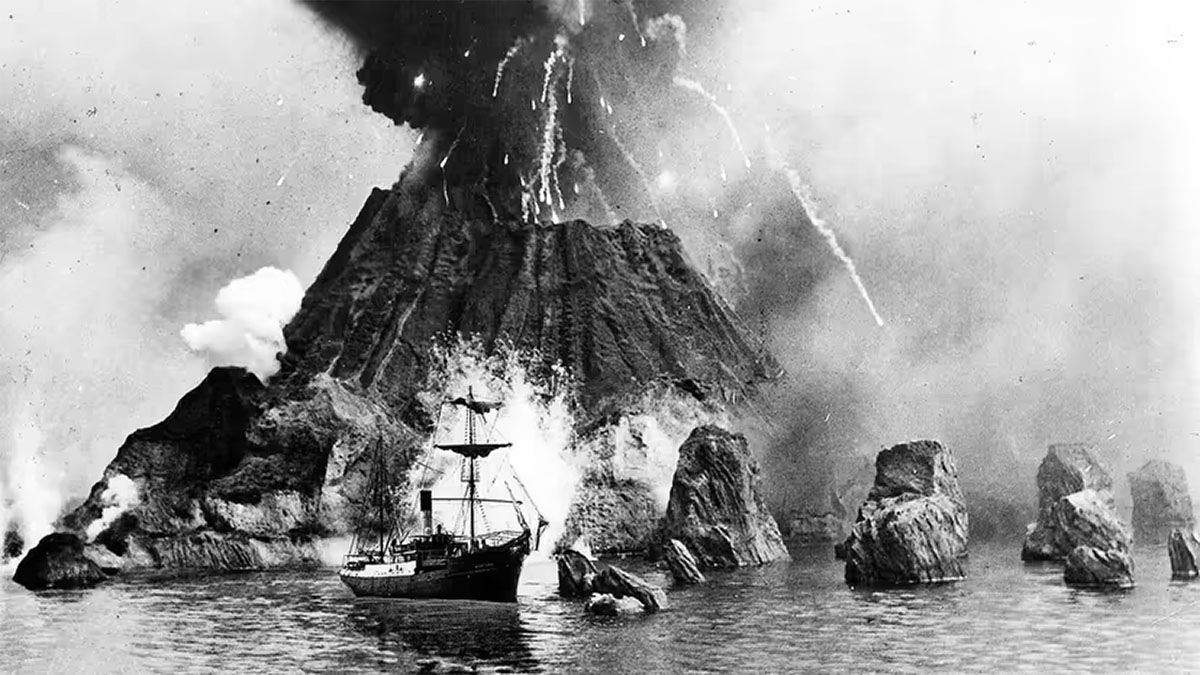
Now, you're probably wondering, what does this have to do with Noctilucent Clouds? The eruption led to an unusual event in the skies.
The ash diffused globally, painting the sunsets with vibrant hues of red and orange. It also cast a mystical blue glow on the moon.
But that wasn't all. This lingering ash caused a decrease of 0.4°C in summer temperatures in the Northern Hemisphere.
An exciting discovery was made in the chilly summers that followed the Krakatoa eruption. In 1885, amateur astronomers in Germany noticed strange new clouds that appeared to glow after sundown.
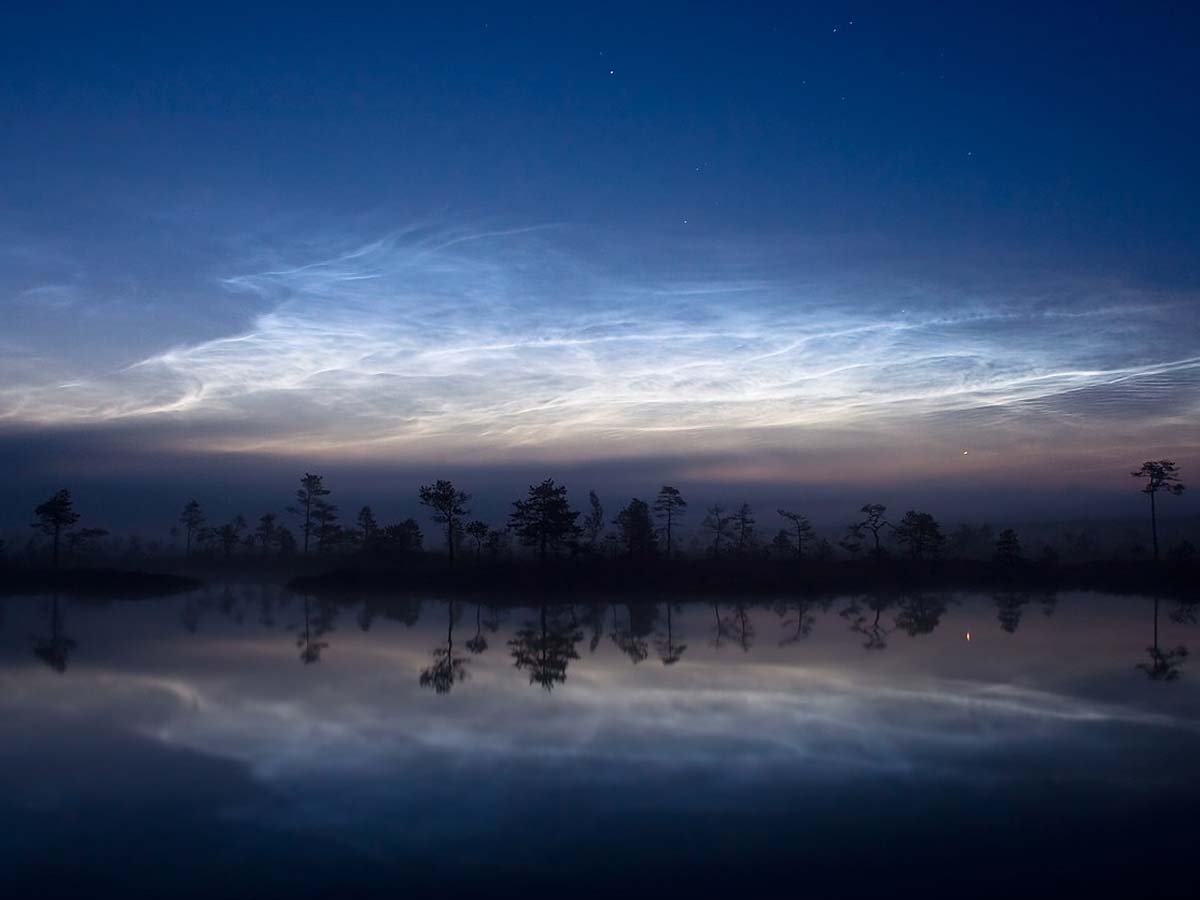
These glowing clouds, later named Noctilucent Clouds (NLCs), sparked curiosity and intrigue among the scientific community.
The early sightings of these mysterious NLCs were quite limited, occurring predominantly in the colder, northern regions like Denmark. They displayed a unique and captivating structure, with a silvery-blue or sometimes orangey-red glow.
But why did they glow? What were these ethereal clouds made of, and why did they appear at such high altitudes?
Why are NLCs Special?
When you think about clouds, you probably imagine the fluffy white formations hovering a few kilometers above the Earth. However, Noctilucent Clouds have a loftier residence.
They thrive in the mesosphere, the third layer of Earth's atmosphere, hanging around 75 to 85 kilometers (or about 46 to 53 miles) above the surface. That's about ten times higher than the height at which passenger airplanes fly!
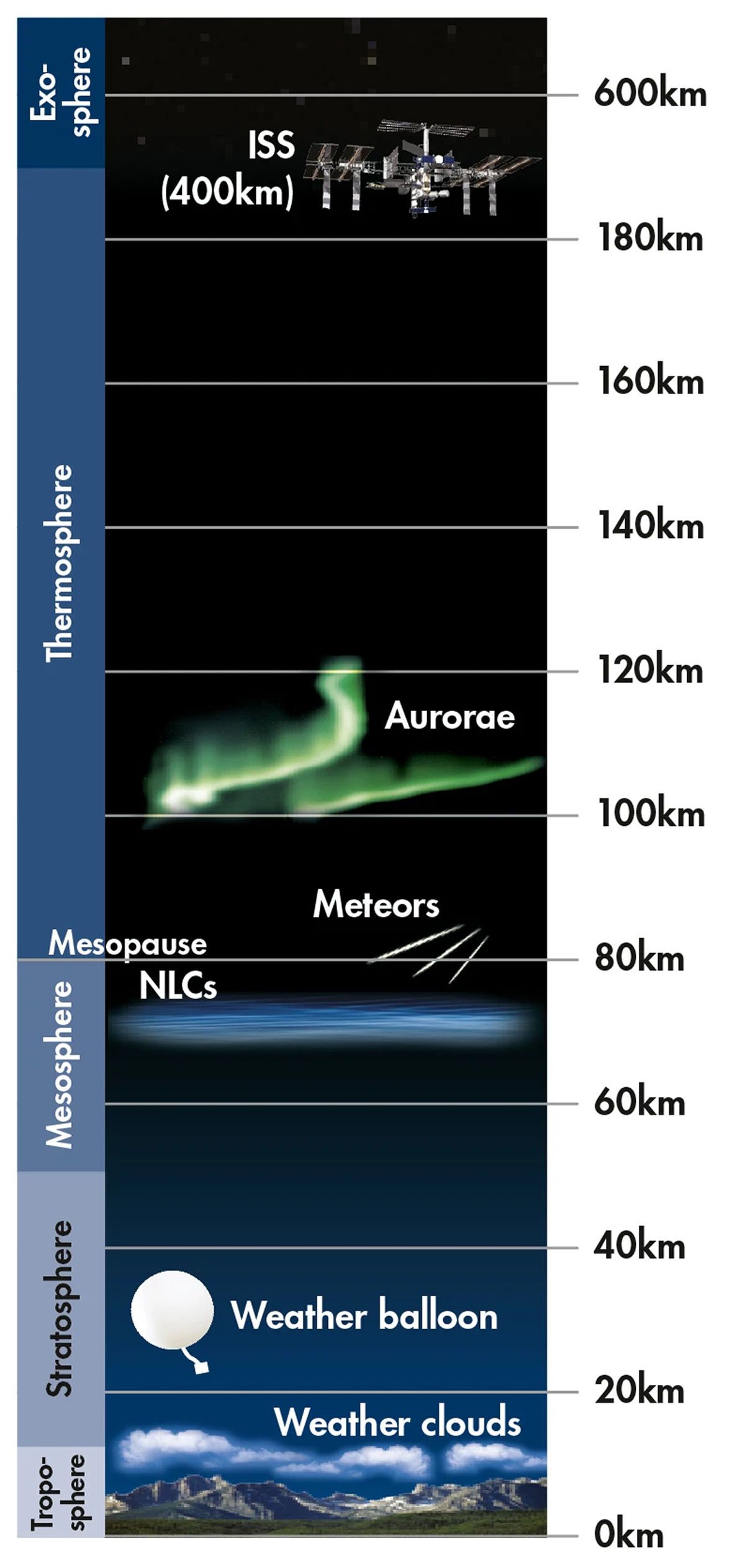
The birth of a Noctilucent Cloud requires a trio of special conditions. First, temperatures need to drop significantly. Second, there must be a sufficient amount of water vapor in the atmosphere.
And third, there must be something for the water vapor to cling onto and form droplets around - this could be meteoric or volcanic dust.
When all these conditions align, water vapor freezes onto these particles, giving birth to the ice crystals that form NLCs.
When the sun dips below the horizon, darkness doesn't descend upon these high-altitude clouds. Instead, they continue to catch and reflect sunlight, producing a mesmerizing night-time glow.

The result? A spectacle of shimmering, silvery blue or sometimes orangey-red clouds, gleaming in the twilight sky.
Noctilucent Clouds aren't just celestial eye candy. They also hold immense scientific value. The very characteristics that make them extraordinary.
Their high altitude, icy composition, and luminosity render them fascinating subjects for astronomers and the space science community.
While these 'space clouds' are the highest, coldest, and rarest clouds on Earth, their significance extends beyond these superlatives.
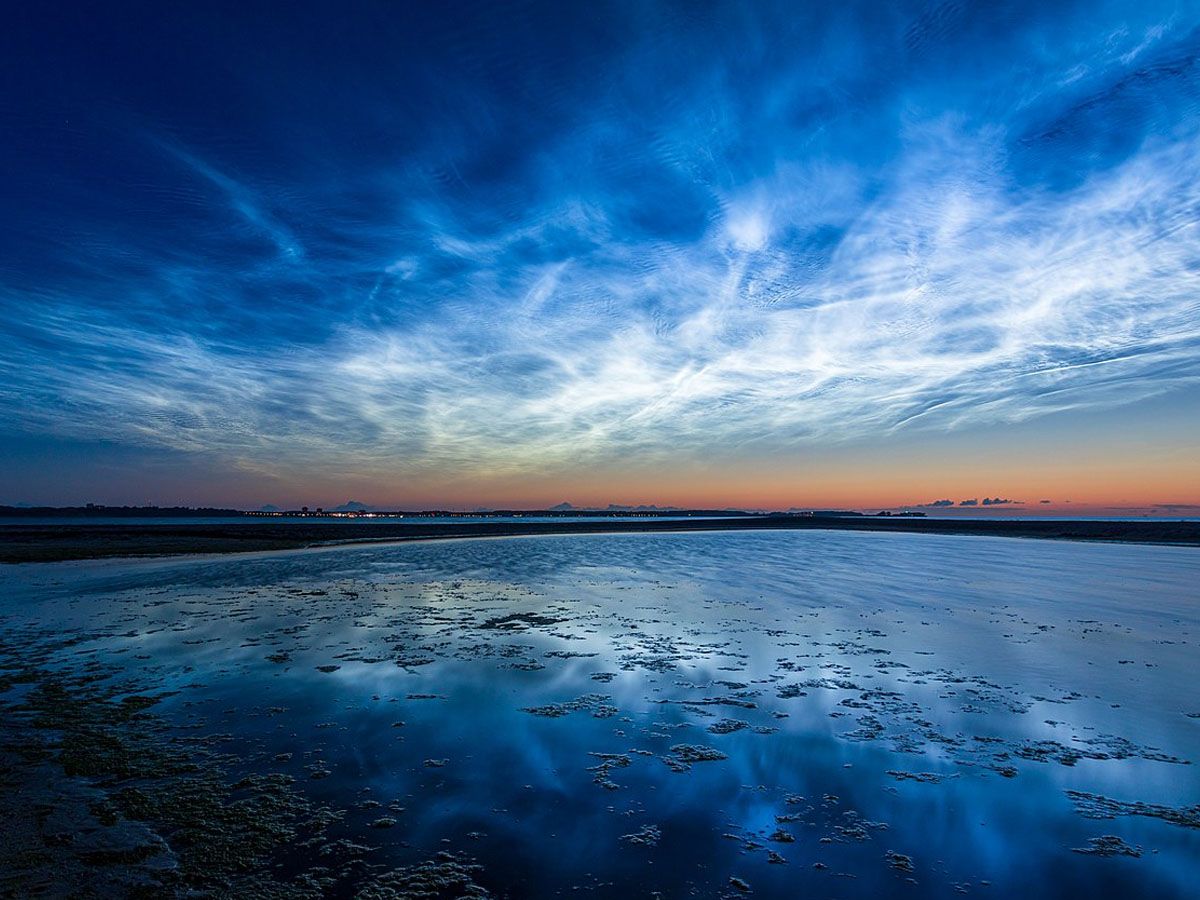
Floating just below the boundary between Earth's atmosphere and outer space, they offer unique insights into atmospheric conditions at the edge of space.
They help us understand complex atmospheric processes, the impacts of meteoric dust, and even the effects of climate change at these extreme heights.
The Mysterious Increase in NLC Sightings
As scientists observed the increasing presence of Noctilucent Clouds, they began to ask: could the changes we're making to Earth's climate be reaching further into the atmosphere than we thought?
We know that greenhouse gases like carbon dioxide and methane trap heat in our atmosphere, contributing to global warming. But these gases could be playing a surprising role high in the mesosphere where NLCs form.
Here's how it works: as these gases rise, they could lead to cooler temperatures in the mesosphere.
While this might seem counterintuitive, it’s because these gases, particularly carbon dioxide, can radiate heat into space, cooling the upper atmosphere.
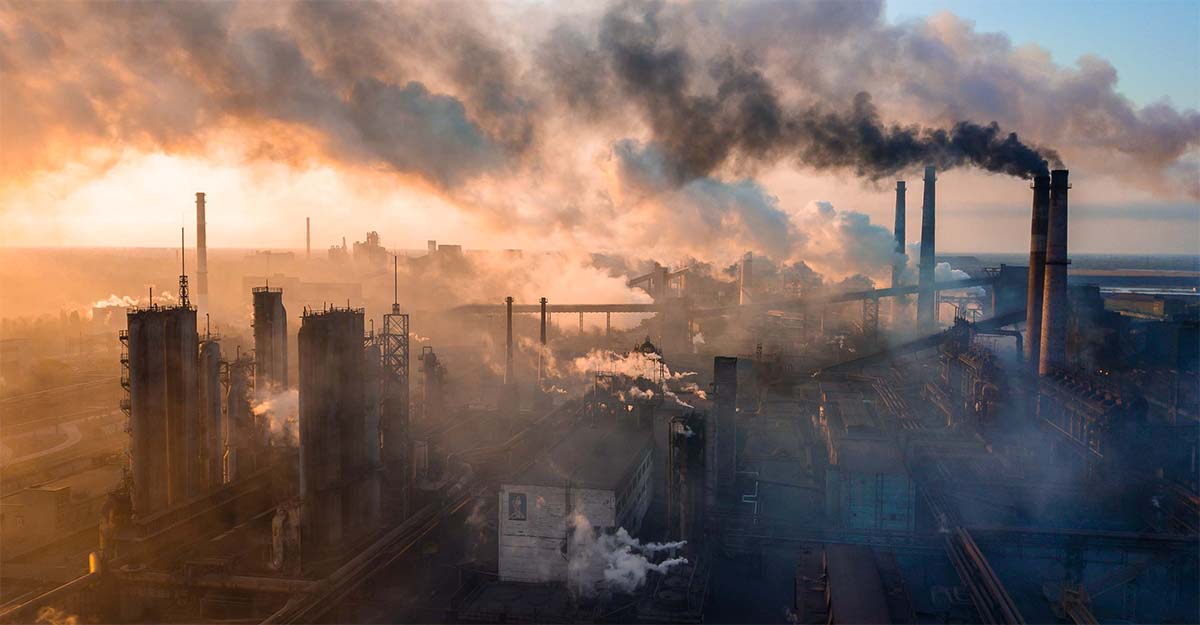
This cooling effect, combined with the fact that methane can increase the amount of water vapor in the mesosphere, creates more favorable conditions for NLC formation.
Yet, the plot thickens. Rocket launches and buoyancy waves generated by weather systems could also influence the variability of NLC sightings.
Each rocket launch, for example, introduces more water vapor into the atmosphere, providing more fuel for these clouds.
Buoyancy waves, on the other hand, could influence the distribution of clouds and their luminosity.
Since their discovery in the 19th century, sightings of NLCs have been steadily increasing. Even more intriguing is that these observations are not just limited to their traditional stomping grounds in the colder, northern regions.
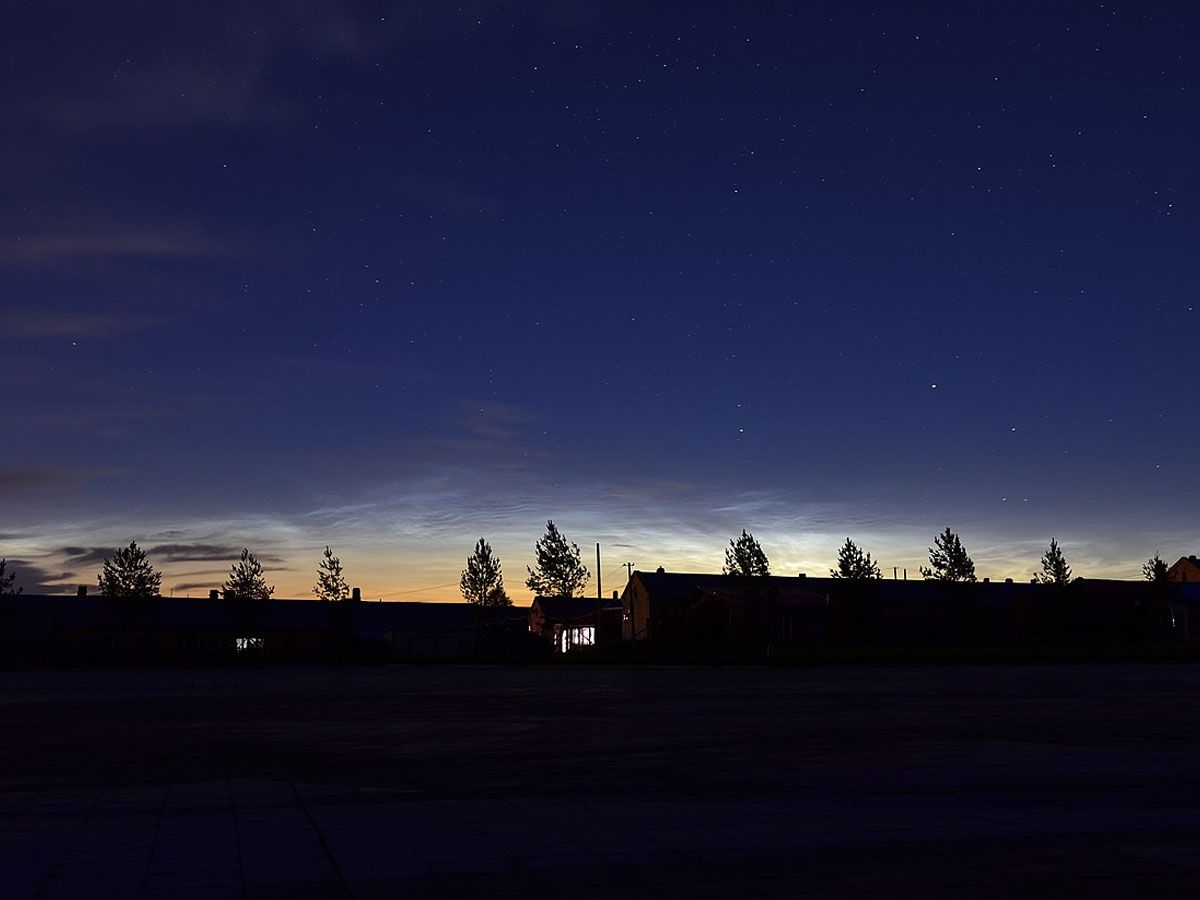
They have been venturing out, gracing the skies at lower latitudes, where they haven't been usually spotted before.
Last summer, for instance, sightings of NLCs hit a 15-year high! But it's not just about quantity, it's also about location.
With sightings reported further from the poles than in the past, it seems that these clouds are not just increasing but expanding their geographic reach.
These changes in NLC activity have left scientists intrigued and, frankly, a bit puzzled. While the links between these observations and climate change seem plausible, they are still looking for conclusive evidence.
Role of Satellites in NLC Study
In our quest to understand Noctilucent Clouds, space-based technology has played a pivotal role. Take, for instance, NASA's Aeronomy of Ice in the Mesosphere (AIM) satellite, launched in 2007.
AIM spent nearly 16 years scanning the mesosphere for these ethereal clouds, providing an unrivaled wealth of data.
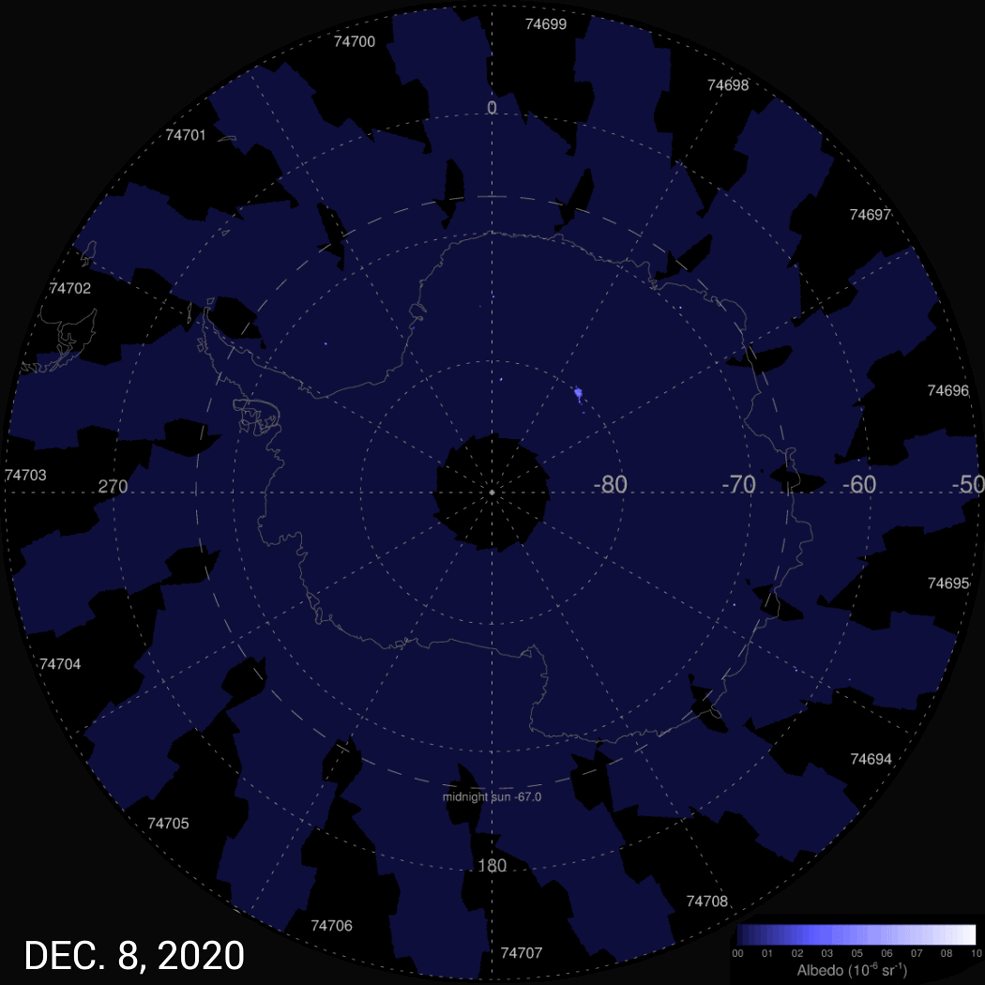
The AIM satellite unraveled several NLCs mysteries, such as meteoric dust's role in their formation, their variable brightness, and the intriguing 'noctilucent hole' phenomenon. However, AIM had to say goodbye in 2023, ceasing its operations.
Yet, the baton has been passed on. Slated for a December 2023 launch is the Atmospheric Waves Experiment (AWE). As the successor to AIM, AWE's mission is to explore buoyancy waves, the ripples generated by weather systems, and their effect on NLCs.
The upcoming launch of AWE marks the beginning of a new chapter in the study of these captivating clouds.
Observing NLCs from Earth
While satellites have their eyes in the sky, what about us, the curious observers stationed on Earth? Is there a special time to see these glowing clouds?
Indeed, there is. NLCs have a 'peak season,' which coincides with the summer solstice period.
This season stretches from late June to the end of July. During this time, the conditions in the mesosphere are ripe for the formation of NLCs.
As for where to see them, NLCs are most commonly visible from approximately 50 to 70 degrees north latitude. They often appear low on the horizon, so a clear view to the north is advantageous.

Sightings are more common during late twilight when the sun is below the horizon, but the sky isn't completely dark.
When it comes to observing equipment, your eyes are your best tool. But for a close-up view of their structure, binoculars can be handy. Remember, patience and a dash of luck are essential while hunting for these elusive clouds.
So, as summer approaches, why not venture out after dusk and try to catch a glimpse of these magical night shiners?
Sources: livescience.com / skyatnightmagazine.com













